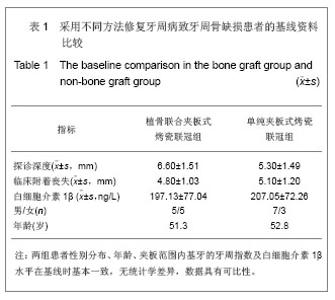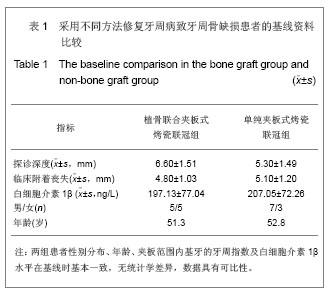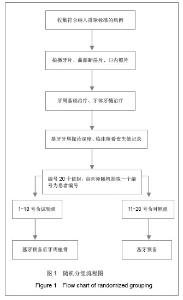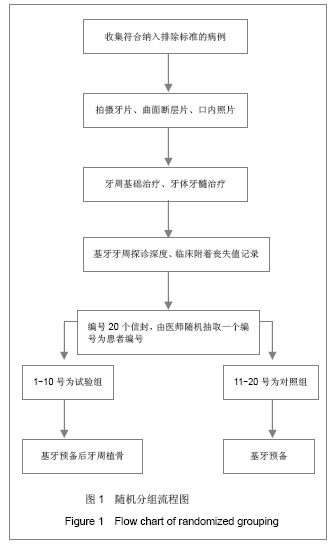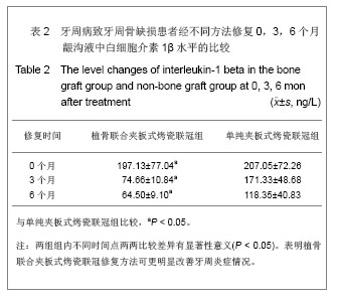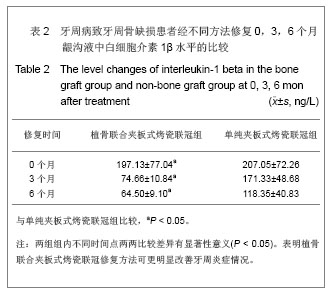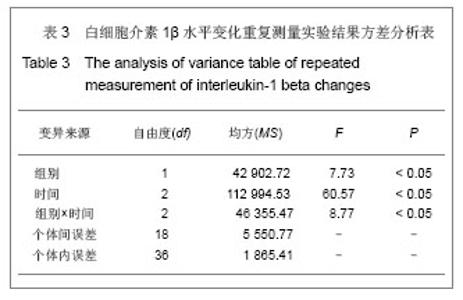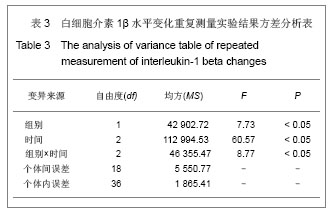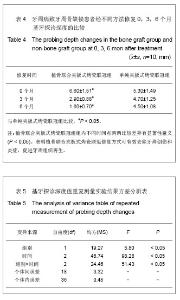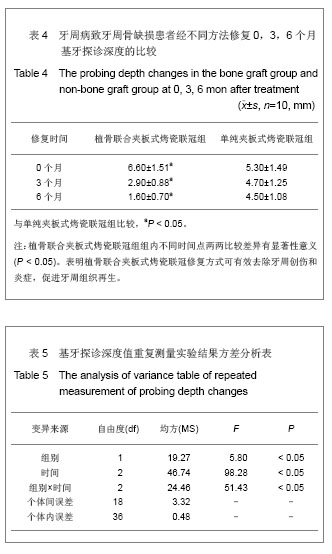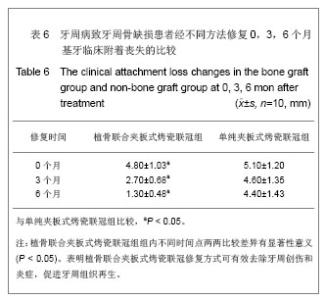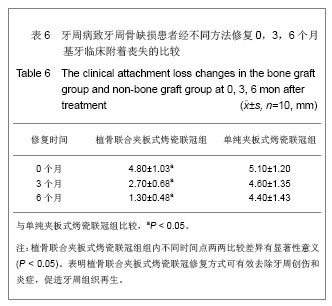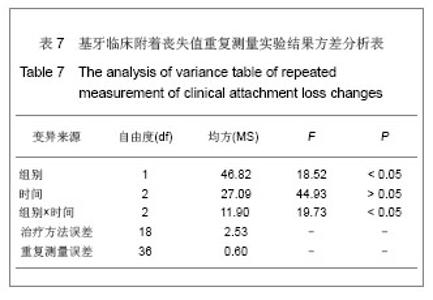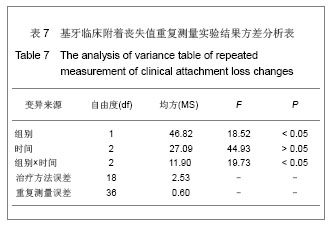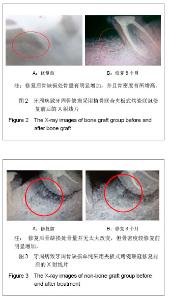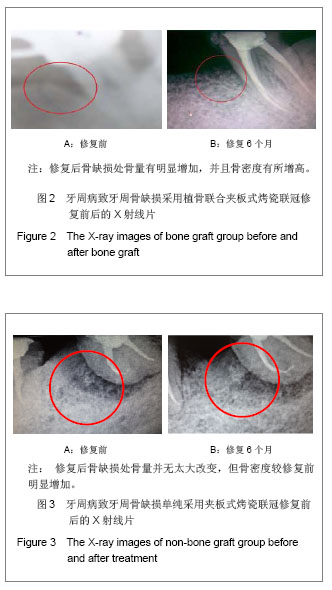| [1]曾强,曾碧江,蒋涛.牙周病伴牙列缺损的固定义齿修复远期疗效观察[J].临床口腔医学杂志,2007,23(6): 342-343.[2]黎慧瑜,潘宣,刘雪云.金属烤瓷联冠固定夹板治疗重度牙周病的疗效[J].牙体牙髓牙周病学杂志,2005,15(8): 464-466.[3]林侠,王梅,腾南平,等.铸造联冠固定牙周夹板支持式覆盖义齿修复[J].口腔颌面修复学杂志,2001,2(3): 164.[4]张淅,姚遥,刘迎飞.牙周炎致骨缺损的植骨治疗[J].临床口腔医学杂志,2010,26(5): 292.[5]刘洪臣.牙周夹板的应用[J].中华老年口腔医学杂志,2006,4(1): 48-53.[6]欧阳翔英,曹采方.用牙周手术挽救重症患牙[J].中华口腔医学杂志,2005,40(4):340-342.[7]Liu RK,Cao CF,Meng HX,et al.Polymorphonuclear neu-trophils and their mediators in gingival tissues from generalized aggressive periodontitis. J Periodontol. 2001; 72(11): 1545-1553.[8]李显峰,陈倩,王晓静,等.龈沟液成分在牙周病和冠修复中的临床意义[J].中华老年口腔医学杂志,2010,8(2): 124-126.[9]Ikezawa I,Tai H,Shimada Y,et al.Imbalance between soluble tumournecrosis factor receptors type 1 and 2 in chronic periodontitis.J Clin Periodontol.2005;32(10): 1047-1054.[10]Polzer K,Joosten L,Gasser J,et al.Interleukin-1 is essential for systemic inflammatory bone loss. Ann Rh eum Dis.2010;69(1): 284-290.[11]Leone CW,Bokh adhoor H,Kuo D,et al.Immunization enhances inflammation and tissue destruction in response to orphyromonas gingivalis Infect Immun. 2006;74(4): 2286- 2292.[12]Erdemir EO,Baran I,Nalcaci R,et al.IL-6 and IL-8 levels in GCF of the teeth supporting fixed partial enture.Oral Dis.2010; 16(1): 83-88.[13]陈锦生.复合树脂的磨损特性及其影响因素的研究进展[J].口腔材料器械杂志,2009,14(1): 29-32.[14]唐震宇,汪海峰,蒋颍泉,等.非贵金属合金材料钴铬合金烤瓷联冠式固定夹板用于牙周炎修复[J].中国组织工程研究与临床康复, 2009,13(25): 4889-4892.[15]莫弼凡,钱成明,莫碧文.固定式恒久夹板修复牙周病牙列的分析[J].临床口腔医学杂志,2006,22(6): 371-372.[16]Schulz A,Hilgers RD,Niedermeier W.The effect of splinting of teeth in combination with reconstructive periodontal surgery in humans.Clin Oral Invest.2000;4: 98-105.[17]Stashenko P,Fujiyoshi P,Oberesser MS,et al.Levels of Interleukin-1β in tissue from sites of active periodontal disease. J Clin Periodontal.1991;18: 548.[18]Schulz A, Hilgers RD, Niedermeier W.The effect of splinting of teeth in combination with reconstructive periodontal surgery in humans.Clin Oral Invest.2000;4: 98-105.[19]张新风,张志宏.牙种植术中植骨材料的研究进展[J].临床口腔医学杂志,2007,23(3): 183-185.[20]姚晖,杜昶,杨韶华,等.纳米羟晶胶原仿生骨修复家兔颅颌骨缺损的实验研究[J].透析与人工器官,2000,11(1): 528. |
